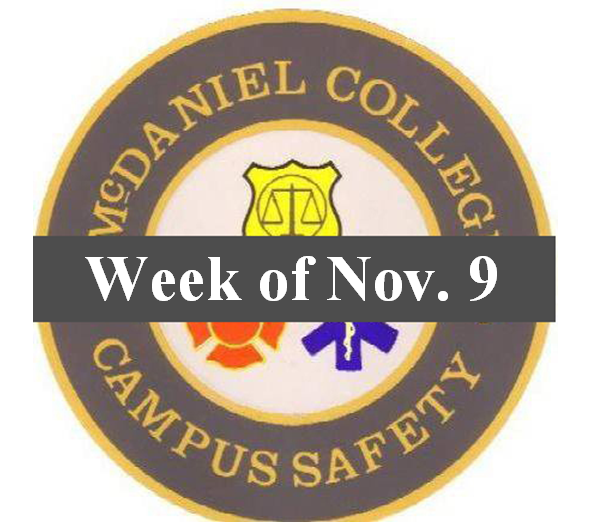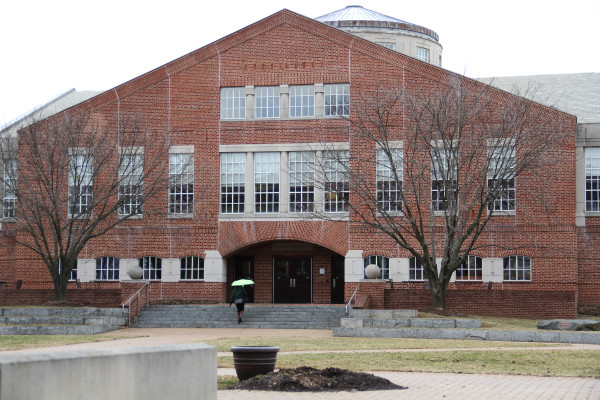According to Maryland Coalition Against Sexual Assault, one in five women and one in 16 men are sexually assaulted while in college, and these numbers only represent the ones that have been reported.
Sexual assault, including cases of rape, is not taken seriously enough for how often it occurs, especially on college campuses.
This topic is very important to me, not only because I am a part of the most affected population, but because I feel like there are many people out here that have not spoken up about it because they don’t know where to go and what to do. It is a college’s duty to provide outreach information so that students are aware of where to go for help.
According to MCASA, college-aged female victims knew their offender in about 80 percent of rape and sexual assault cases. That statement alone tells me that there isn’t much being done about the problem.
MCASA also states that first-years and sophomores are at greater risk for sexual victimization than juniors and seniors. That fact tells me that because they are young, they are not aware of the dangers when they first enter college because they are not warned. It would do the colleges and their students some good to incorporate seminars on rape and sexual assault for first year students.
Unfortunately, sexual assault happens on college campuses a lot more than it is reported. Colleges can spread awareness and let students know that they provide resources for their students so that they know where to get help for not only themselves, but those around them.
Students also need to know how to be cautious and aware of their surroundings. While the campus may be a safe place, we have to remember that our campuses are not gated and that anyone can walk onto it. Most first-years are oftentimes new to the area and may want to be cautious when going out or off campus at night by themselves. Just having general knowledge of the area you will be living in for the next four or more years is crucial.
While I may attend a small liberal arts college, there are obviously more colleges in Maryland that have a larger enrollment where sexual assault can be more prevalent because of their size.
And even still, according to MCASA, less than five percent of completed or attempted rapes against college women were reported to the police. This means more than half of those victims never come forward.
The seminars that I mentioned previously should be held at least once at the beginning of each school year. They could include statistics for their area, safety precautions, how to reach campus police, resources on how to get helped if they or their friends have been the victim of sexual assault and providing counseling resources for those victims as well.
This is just an example of what should take place. I feel like if high schools hold assemblies for bullying and assault, then colleges should, too because the problems do not stop after high school. If anything, they are more prevalent than ever.
We must hold colleges and universities accountable for informing and providing their students with the necessary resources.





